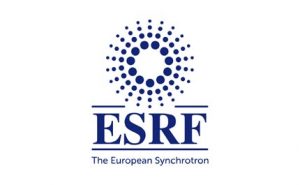Training materials
-
service
ESRF VISA Service
 •• intermediateVISA compute hardware data analysis Data login required PaNOSC Virtual Research Environment
•• intermediateVISA compute hardware data analysis Data login required PaNOSC Virtual Research Environment -
service
Paleontology data portal
Data discovery data management PaN health PaNOSC Photon and Neutron
-
service
Human Organ Atlas
 •• intermediateFAIR data Data mining human organs PaN health data management discovery Data PaNOSC …
•• intermediateFAIR data Data mining human organs PaN health data management discovery Data PaNOSC … -
service
ESRF data repository
data management discovery Data prototype PaNOSC PaN Photon and Neutron
-
Training materials on scientific Python programming and silx libraries.
Python Silx data analysis data reduction data visualisation
-
jupyter notebook
Ewoks tutorial for developers
Ewoks workflows tutorial
-
How to mint a DOI
doi data management data object identifier mint dataset open data Open Science ESRF data portal
-
How to share data and logbook with collaborators
data management open data Open Science logbook sharing ESRF data portal
-
video
Tomwer: Slice stack standalone
tomography tomotools tomwer nabu volume projections NXtomo
-
video
Tomwer: Slice stack from canvas
tomography tomotools tomwer nabu volume projections NXtomo canvas